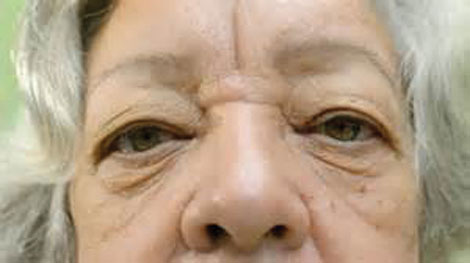
The leading cause of poor vision and legal blindness after the age of 60 is Age-Related Macular Degeneration, also known as AMD. The macula is an area in the back of the eye that acts like the film of a camera, and is responsible for your reading and fine detailed vision.
The macula ages in two ways:
• The dry form, which is the most common form, can take years to develop and treatment for these patients is simply a diet rich in antioxidants. The National Eye Institute Age-Related Eye Disease Study found that taking a specific high dose formula of antioxidants and zinc can benefit people with intermediate AMD.
• The wet form is when abnormal blood vessels grow behind the macula, which break and bleed. If left untreated, scar tissue will develop, causing permanent distortion or blind spots in your vision. The good news is that there is treatment for wet AMD. Medications are delivered to the back of the eye to stop blood and fluid from leaking into the retina. Many people have improvement in vision. Unfortunately, there is no cure for wet macular degeneration so when the medication wears off, another treatment may be needed.
Symptoms of AMD are blurred central vision, dark or faded areas, and distortion. Those diagnosed with macular degeneration do not go completely blind, as it does not usually affecy your side vision. Symptoms of AMD do not occur until vision is affected; therefore, it may be important to have a dilated eye exam every year after the age of 60.
Since there is no cure for age-related macular degeneration, early prevention and detection is critical and may be vision-saving. Daily use of an Amsler grid is a way to detect and report any significant changes to your vision.
Dr. Brenda Myers-Powell, who wrote this article, is a board-certified ophthalmologist. Her clinic, Retina Specialists Northwest, is in Federal Way.